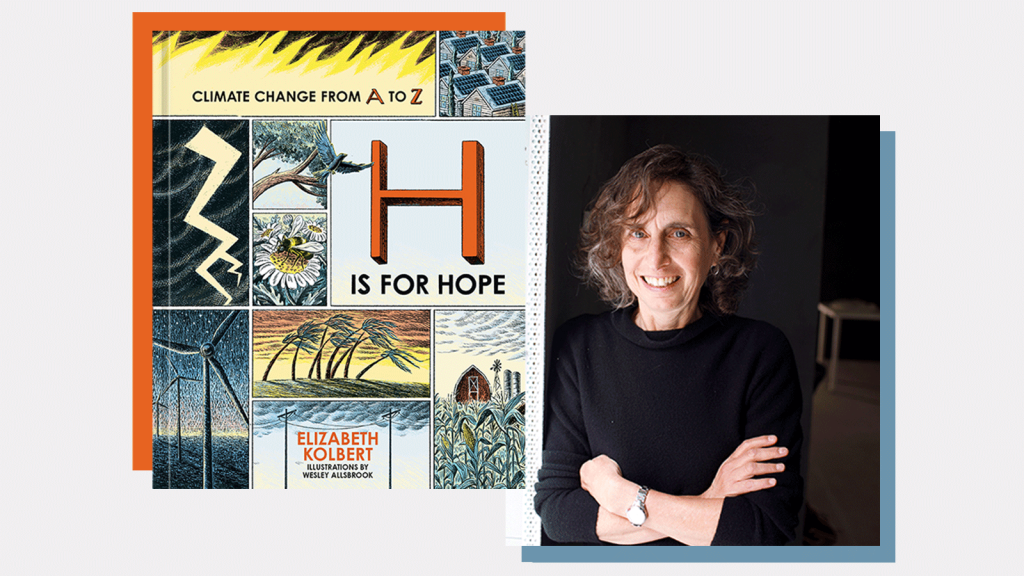Merriam-Webster declared “gaslighting” the word of the year this week, if you can believe it. The term, which describes a type of lie that leaves the target doubting their perception of reality, saw a 1,740 percent increase in searches on the dictionary’s site in 2022, with steady interest over the course of the year.
“In recent years, with the vast increase in channels and technologies used to mislead, gaslighting has become the favored word for the perception of deception,” Merriam-Webster’s editors wrote in an explanation for their selection.
Even if you remember what a “gaslight” is, it doesn’t illuminate the word’s meaning. The mind-manipulating connotation came from a 1938 play called Gas Light, later turned into a movie. The plot: A husband tries to trick his wife into thinking she’s losing her mind — and thereby getting sent to an asylum — so he can steal the priceless jewels she’s inherited. His strategy involves sneaking around the house and making the gaslights flicker and dim, while insisting that the lights look totally normal to him.
The meaning of “gaslighting” in the social-media age is broader, referring to any situation where you wildly mislead someone for personal advantage. Climate advocates have increasingly been applying the term to the actions of the oil industry, which mastered the art of misdirection long before “gaslighting” became part of the vernacular. In the 1970s, Exxon’s own scientists warned executives that carbon emissions could lead to catastrophic warming — and then the oil giant proceeded to act as if climate change wasn’t real, sowing doubt about the science and working to block legislation to address rising emissions.
Since then, studies have found that Big Oil’s actions (drilling for more oil) don’t match its public turnaround on climate change, indicating that companies are advertising an unrealistically green image. Oil companies portray themselves as problem solvers — BP’s motto is “reimagining energy” — while continuing to make the problem worse. At the same time, the fossil fuel industry has tried to shift the focus to individuals. In a recently unveiled email, sent after Shell posted a widely criticized Twitter poll in 2020 asking people how they planned to address climate change, one of the company’s communications executives said that accusations of Shell “gaslighting” the public were “not totally without merit.”

Gaslighting doesn’t just describe the oil industry’s communications, though — the literal “gas lights” that the word refers to began as a fossil-fueled phenomenon. Over the 18th and 19th centuries, a fuel called “coal gas” swept through Europe and the United States, lighting up city streets as well as homes, factories, and theaters through vast networks of pipes. It left behind an important but largely forgotten legacy in our energy system, our polluted soil, and, of course, our language.
Before gaslights, people lit dark rooms with flickering candles and lanterns that burned fishy-smelling whale oil. What replaced them didn’t smell much better at first. The new technology was the result of chemists messing around with burning coal, wood, peat, animal bladders, and other substances, to see what gases they’d produce. At first, they put the fruits of their labor to use setting off fireworks and flying balloons, but soon found a more practical purpose for “manufactured” gas, sometimes called “town gas” or “artificial gas.” (The name “natural gas” later arose to help differentiate methane.)
Starting around 1800, the first gas lamps appeared in Paris, London, and Glasgow. They became coveted by factory owners who could now keep their employees toiling after dark, and by city planners looking to make their streets safer from crime. The technology had spread all over Britain by the end of the 1850s, when more than 1,000 gasworks plants had popped up to meet demand.
Half a century later, streets all over Europe and America were gaslit. Unlike the candles and oil lamps that preceded them, networks of gas connected homes to a larger energy system — setting the stage for the next advancement in lighting.
In the late 1880s, the inventor Thomas Edison created the first lightbulb, much to the disappointment of those who had invested in stock of gas companies. His plan to electrify cities with underground cables was sold as clean, healthy, and modern. “Edison’s marketing played up an image of ancient ‘evil’ gaslight in contrast to a new, ‘good’ electric light, coming in as the knight in oh-so-gleaming amour to lift Manhattan from the dark ages,” Alice Bell writes in the book Our Biggest Experiment: An Epic History of the Climate Crisis.
Gas lighting was known for making a mess. Factory owners found it hard to know what to do with coal tar, the sticky, toxic byproduct of coal gas production. They tried dumping the byproduct into rivers, but it ended up killing the fish.

The technology gradually fell out of use in the 20th century, but gasworks plants left a legacy in the landscape. In Seattle, for instance, the iconic Gas Works Park along Lake Union was home to a major coal gasification plant that opened in 1906, filling the area with smelly, bubbling char for 50 years until it closed. In the 1960s, the landscape architect Richard Haag saw some strange beauty in the abandoned gasworks and worked to convince the city to turn it into a park, keeping some of the towering industrial structures standing. The first soil remediation process took about six years, and cleanup remains ongoing today, with arsenic and other contaminants still present in the lake.
Much like the industrial structures of Gas Works Park, the term “gaslighting” is a relic of its time— and a reminder of a dirty technology that’s best left in the past.



